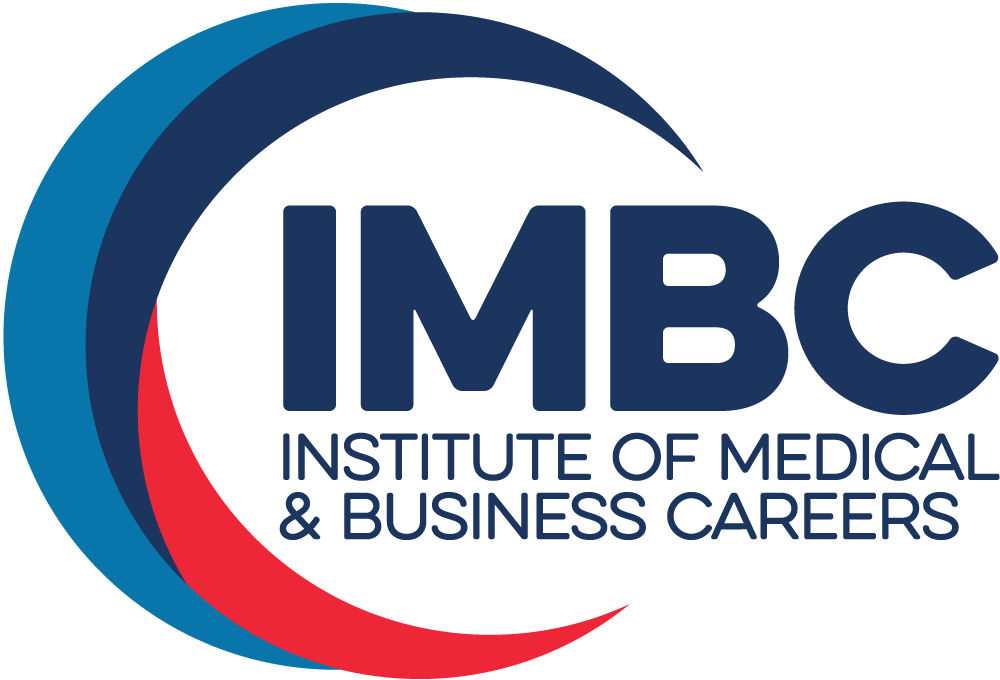
Are you looking to change careers?
Are you interested in supporting doctors and nurses in the day-to-day operation of their offices?
As baby boomers age, the need for doctors, nurses, and other healthcare specialists increases. Healthcare practices need medical office support staff to run smoothly. The U.S. Bureau of Labor Statistics predicts a 14-percent growth in medical office jobs between now and the year 2028.
If you want to be a part of this fast-growing career field, but do not have the time or money for an advanced medical degree, consider medical office administration jobs.
An increasing number of medical offices need front-line personnel to organize and operate their day-to-day tasks. Also, the training requirements for this kind of support position are not too intense, meaning that you can complete your training typically in about 9 to 18 months.
Here are seven simple steps you can take today to get started in medical office administration.
1. Medical Office Administration Career Fields: Choose Your Focus
Medical offices typically require different types of administrators to run smoothly, and you should consider which type is closest to your ideal work environment. Here are three popular choices:

Medical Assistants and Technicians usually have responsibilities like taking patients’ vital signs, coordinating lab work, and ordering prescriptions. Technicians also specialize in the digital maintenance of medical records. These healthcare workers have hands-on patient interactions and classroom training is usually required at a local campus. Your training will typically take about a year and a half to complete. The better programs will provide you with a hands-on internship for additional training. This is a career field for people who are not shy about needles, blood, and bandages.

Medical Office Administrators concentrate on the paperwork, office management, and recordkeeping side of the office, such as answering the phone, greeting patients, ordering supplies, keeping track of patient records, and working with insurance companies. Training in this field can usually be completed entirely online, or at a campus, and includes learning all about healthcare office administration and patient support. You can usually complete your program in a year or less. You’ll interact with patients daily – but mostly through scheduling, checking them in, and basic healthcare interactions. You will not be performing any procedures on patients.

Medical Billing and Coding specialists assign insurance codes to tests and diagnoses, which is a more specialized position. This work requires learning hospital and medical coding and procedures. You’ll spend time working with patients, doctors, and insurance companies, mostly using a computer and a phone while at a desk. Training for this field requires an interest in sitting at a desk, using a phone and computer, and helping solve any problems that might come up with bills. You can complete your medical billing and coding training entirely online or opt for a campus setting if you prefer. Training can typically be completed in about a year.
2. Determine What Training You Will Need
Medical assistant and technician jobs will require a little more education than other career fields. This will be an associate degree versus billing and coding or office administration, which typically require just a diploma. Before you complete any training, you’ll need a valid high school diploma from an accredited program or a GED.
Many medical offices will require an office worker to have both medical office administration classes and an official certification from an accredited association. The better training programs will prepare you to take and pass the certifications as part of your coursework.
You can often find an affordable and convenient medical office administration training program online.
3. Choose the Right School
Online training for a medical administration job is the most convenient way to receive all that you need to learn and get a new position in your new medical office career.
When comparing schools and programs, make sure you find a school that provides strong student support, tutoring, and ample career placement assistance (resume building, interview prep, job searching, and more.)
Read testimonies and reviews online from students, to learn what drew them to that particular school, and also what you can expect as a potential student.
4. Complete Your Training and Get Certified
Your online coursework will include medical office operations classes, as well as courses in computer literacy, record-keeping procedures, and billing practices.
Candidates for graduation who want to be a step ahead of the pack should get some kind of nationally-recognized, professional medical administrative assistant certification. Although certification is not always required, it is a good idea to get certified, in order to attract employers to your resume.
Your online school can tell you how to register and take the exam(s) required for certification.

5. Take Advantage of Career Placement Services
Internships or job shadowing experiences should be a part of your training, and a good school will offer you these opportunities.
Also, your school will offer graduates a full spectrum of career services, such as professional mentoring, preparing for interviews, and advice on building a professional resume.
Your school is invested in your career success, so make sure you take advantage of all the career services it has to offer as you prepare to move into your new job.
6. Construct a Functional Resume
A functional resume is one that lists your skills first, as opposed to a chronological history of your past employment (because you may not have any relevant employment as a student.)
In today’s world, knowing how to list both your hard and soft skills with appropriate keywords on a resume will help you get your resume past the initial stages of the hiring process so that your application is seen by the real people doing the hiring.
Once again, your career services office at your school will be able to offer help in writing a medical office administration resume, and there are many free functional resume templates online to get you started.

7. Networking for Job Placement and Success
Job boards, such as indeed.com and careerbuilder.com are good places to research and find jobs by both category and location, but when it comes to securing a job, networking is key.
Getting to know someone who is already employed in the medical office administration field and asking them about their work builds relationships. These relationships, in turn, may help you land a great job simply by word-of-mouth. Start with your classmates and instructors, and then reach out to those you met during your internship. Your network will begin to grow and potentially unlock new opportunities.
Be open to additional internships, parttime work, odd shifts and temporary roles, as you look to get your “foot in the door.” These will help you gain hands-on experience to add to your resume, and will help you build your network.
Ready to Begin? Contact Us
Are you ready to start your new career in the medical field? Our site is full of information on medical office administration training that can lead you to an exciting new job in a medical office.
Taking each of the seven steps outlined above will give you all you need to enter a job market that is both high-value and much-needed in the 21st century.
Your new career will have you making a positive impact in the lives of others, as you improve your own well-being too.
Check out all our programs, and see how you can make a positive change.
